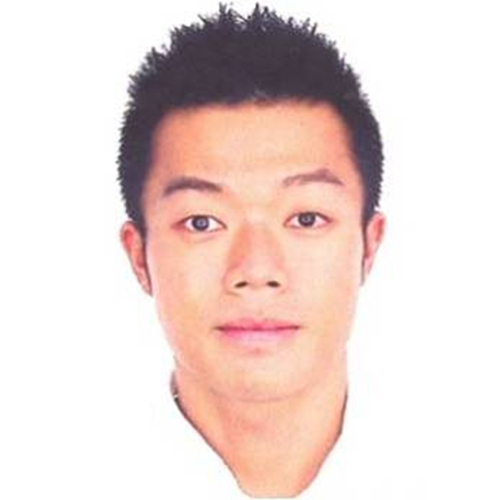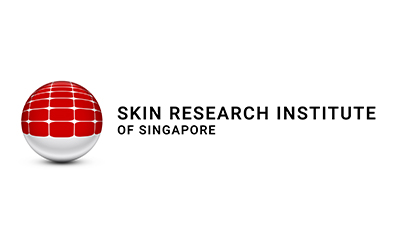Timothy Tan

Associate Professor, School of Chemical and Biomedical Engineering, Nanyang Technological University
Email: tytan@ntu.edu.sg
Research themes: Medical technology, Skin Repair & Wound Healing
Biography
Prof Timothy Tan obtained Ph.D. in Chemical Engineering from the University of New South Wales, Australia. He is interested in the engineering, manipulation and interrogation of nano-biophotonic and biomaterial systems, with an ultimate goal of enhancing biological and chemical functions. His group has developed novel upconversion nanotheranostics for phototherapy, photoacoustic imaging and skin photomedicine, with potential application in eczema and carcinoma phototherapy. His group has also patented an electrostatic tunable hydrogel delivery platform which has demonstrated effective siRNA delivery, cell internalization and gene knockdown for scar inhibition. Prof Tan has published more than 100 peer-reviewed papers and obtained/applied for 8 patents. His work has garnered more 5200 citations with a H-index of 43. His was awarded Singapore President’s Public Administration Award 2015 and Young Investigator Award in “International Symposium of Materials on Regenerative Medicine 2012”.
Research interests
Disrupting conventional skin phototherapy via upconversion wearable technology: For the past four decades, the standard treatment for skin diseases such as eczema, vertiligo and psoriasis is narrowband UVB 311 nm phototherapy. Patients have to visit specialized clinics (National Skin Centre in Singapore) three times per week, continuously for 6-12 months. Besides substantial loss in work productivity, a typical treatment costs $200 to $800 per skin disease per patient and will continue to weigh heavily on existing healthcare resources. Therefore, the economic burden resulted from these skin disorders is significant. Besides, patients are exposed full-body to the strong UVB, regardless if the disease is localized in a small area or spread all over the body. Patients with sensitive skins may suffer burns and irritations arising from the non-specific irradiation. Prof Tan, in collaboration with Prof Steven Thng of National Skin Centre (NSC), has innovated a wearable phototherapy prototype for home-based treatment (Singapore provisional patents 10201902519T) in the form of ambient light activated upconversion nanoparticles incorporated into a fabric which patients are able to wear and undertake phototherapy at home using conventional light source with prescribed duration and frequency. We are interested to further develop this prototype to an easy-to-use, wearable home-based phototherapy modality to disrupt the current treatment modality, benefiting patients and clinicians alike and achieving tremendous savings on valuable healthcare resources.
A definitive scar inhibition technology based on bioengineered epigenetic RNA interference technology: Pathological scars have devastating consequences of one’s confidence, well-being and quality of life, as they are disfiguring, often itchy and painful, and can result in a significant restriction in movement. There is currently no definitive and effective therapy for pathological scar inhibition, while existing therapeutic options are poor. Patients have described themselves to be ‘desperate’ (quote) for effective prevention of pathological scarring. Therefore, there is a clear, urgent yet unmet clinical need for effective scar prevention therapy. The global scar therapy market size has been estimated at USD 17.94 billion in 2018 and is expected to witness a CAGR of 9.9% over the forecast period from 2019 to 2026. A team led by Prof Tan, together with Prof Tina Wong of Singapore National Eye Centre (SNEC) and Prof Tey Hong Liang of National Skin Centre (NSC), has developed the world’s first definitive technological solution for scar prevention (PCT/SG2019/050448). This technology involves the molecular engineering of a natural polymer so that it activates, protects and efficiently delivers gene-silencing siRNA for SPARC to cellular environment, significantly reducing the production of collagen and achieving scarring inhibition, supported by cellular and animal data. We are currently working towards prototype development, clinical trials and commercialization of this technology.
Selected publications
Yu Z, Hu X, Zhao H, Miao X, Guan Y, Cai X, Zeng Z, Fan Q, Tan TTY. “Generating New Cross Relaxation Pathways by Coating Prussian Blue on NaNdF4 for Enhanced Photothermal Agents, Angew Chemie Int Edition, 2019, 131, 25, p8624. DOI: 1 10.1002/ange.201904534
Ao Y, Zeng K, Yu B, Miao Y, Hung W, Yu Z, Xue Y, Tan TTY, Xu T, Zhen M, Yang X. Zhang Y. “An Upconversion Nanoparticle Enables Near Infrared-Optogenetic Manipulation of the C. elegans Motor Circuit”, ACS Nano, 2019, 13 (3), p3373. DOI: 10.1021/acsnano.8b09270.
Zhang Y, Yu Z, Li J, Ao Y, Xue J, Zeng Z, Yang X, Tan TTY. “Ultrasmall-Superbright Neodymium-Upconversion Nanoparticles via Energy Migration Manipulation and Lattice Modification: 808 nm-Activated Drug Release”, ACS Nano 2017, 11, 3, p2846. DOI: 10.1021/acsnano.6b07958.
Wang JK, Yeo KP, Chun YY, Tan TTY, Tan NS, Angelic V, Choong C. “Fish scale-derived collagen patch promotes growth of blood and lymphatic vessels in vivo” Acta Biomateriala 2017, 63, p246. DOI: 10.1016/j.actbio.2017.09.001
Chun YY, Wang JK, Tan NS, Chan PPY, Tan TTY, Choong C. “A Periosteum-Inspired 3D Hydrogel-Bioceramic Composite for Enhanced Bone Regeneration”, Macromolecular Bioscience, 2016, 16 (2), 276-287. DOI: 10.1002/mabi.201500258.
A*STAR celebrates International Women's Day

From groundbreaking discoveries to cutting-edge research, our researchers are empowering the next generation of female science, technology, engineering and mathematics (STEM) leaders.
Get inspired by our #WomeninSTEM
